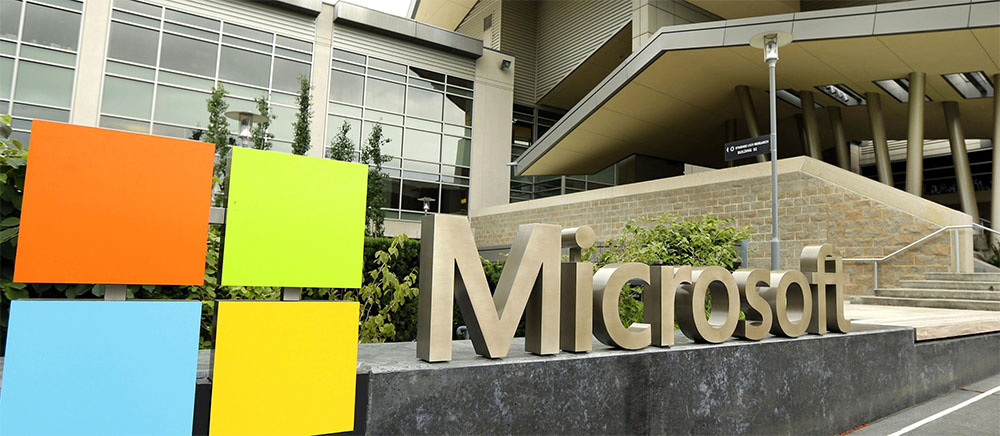Photo Credit: Getty Images
Microsoft has unveiled a groundbreaking development in quantum computing, announcing the creation of a new state of matter through their "topological qubit" technology. This advancement, detailed in a recent Nature publication, represents a significant leap beyond traditional solid, liquid, and gas states, potentially revolutionizing the quantum computing landscape.
"We view this as something that is years away, not decades away," declares Chetan Nayak, Microsoft Technical Fellow leading the breakthrough team. The company's innovative approach combines semiconductors with superconductors in their new Majorana 1 chip, representing Microsoft's longest-running research project, spanning three CEO tenures including Bill Gates, Steve Ballmer, and current chief Satya Nadella.
The technology's significance lies in its unique architecture, utilizing indium arsenide semiconductor and aluminum superconductor components. When cooled to approximately 400 degrees below zero, this combination exhibits extraordinary quantum properties. Harvard physics professor Philip Kim notes, "If everything works out, Microsoft's research could be revolutionary."
However, the scientific community maintains measured skepticism. Jason Alicea, theoretical physics professor at Caltech, emphasizes the need for verification: "A topological qubit is possible in principle... but you have to verify that a device behaves in all the magical ways that theory predicts." This cautious optimism reflects the complex nature of quantum system validation.
The stakes in quantum computing development extend beyond technological achievement into geopolitical rivalry. While U.S. corporations like Microsoft pioneer private sector innovation, China has committed $15.2 billion to quantum research, with the European Union pledging $7.2 billion. MIT theoretical physicist Frank Wilczek describes quantum computing as "a thrilling prospect for physics, and for the world."
Microsoft's current system, featuring eight topological qubits, represents an early stage in development. However, the company's researchers envision this as a stepping stone toward more powerful implementations, potentially offering superior error correction compared to conventional quantum approaches.
The technology's reduced volatility could make it more practical for real-world applications, from accelerating battery development to advancing medical research and artificial intelligence.


